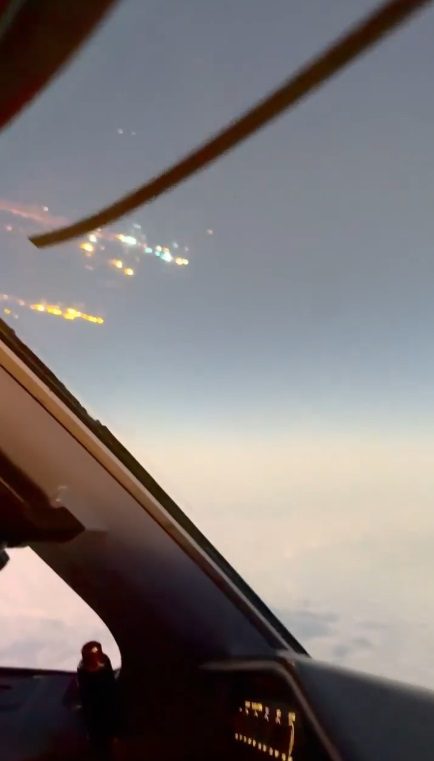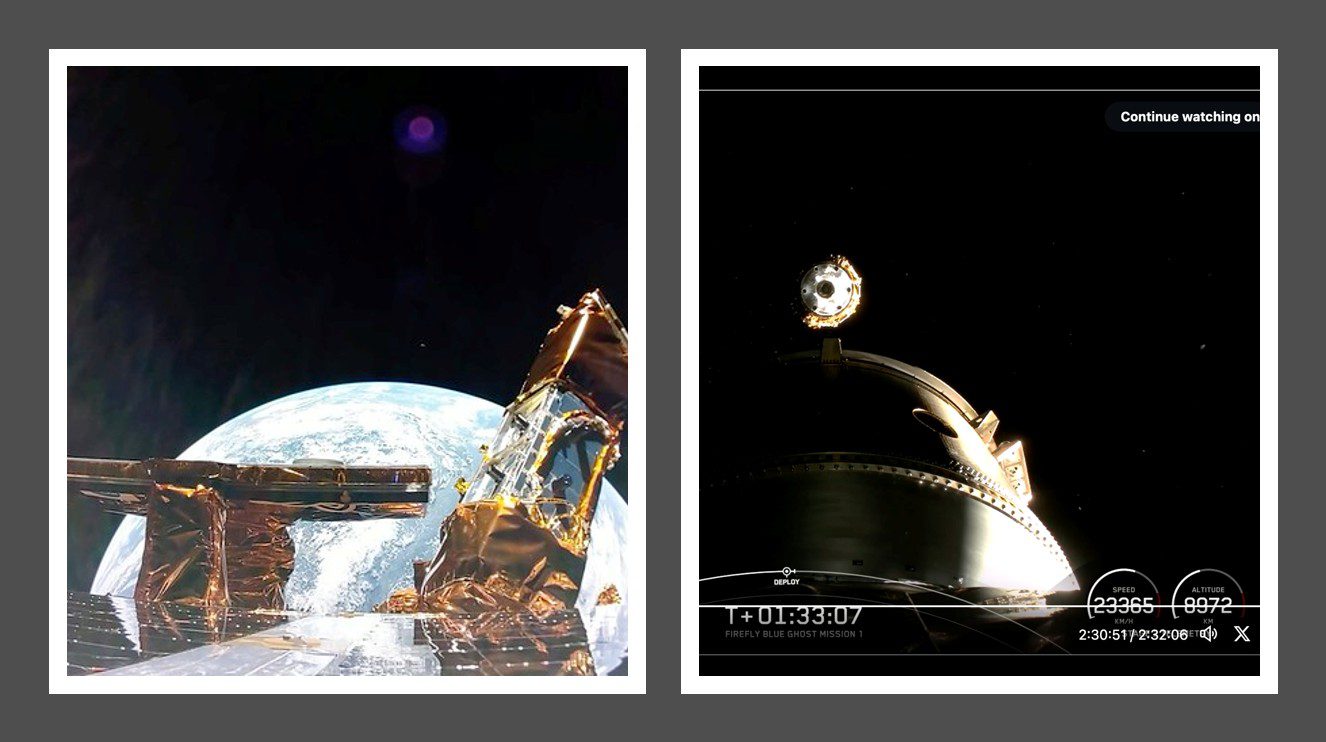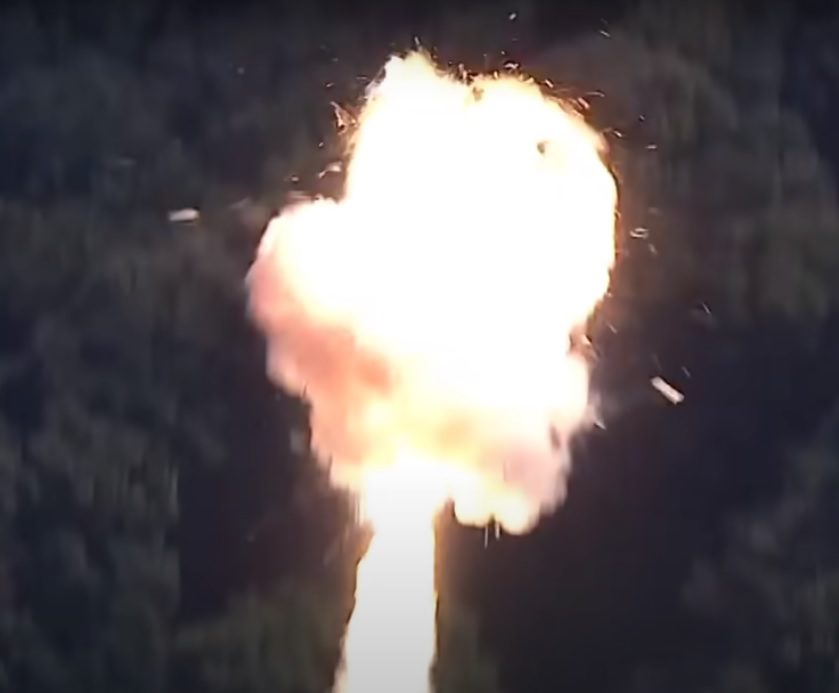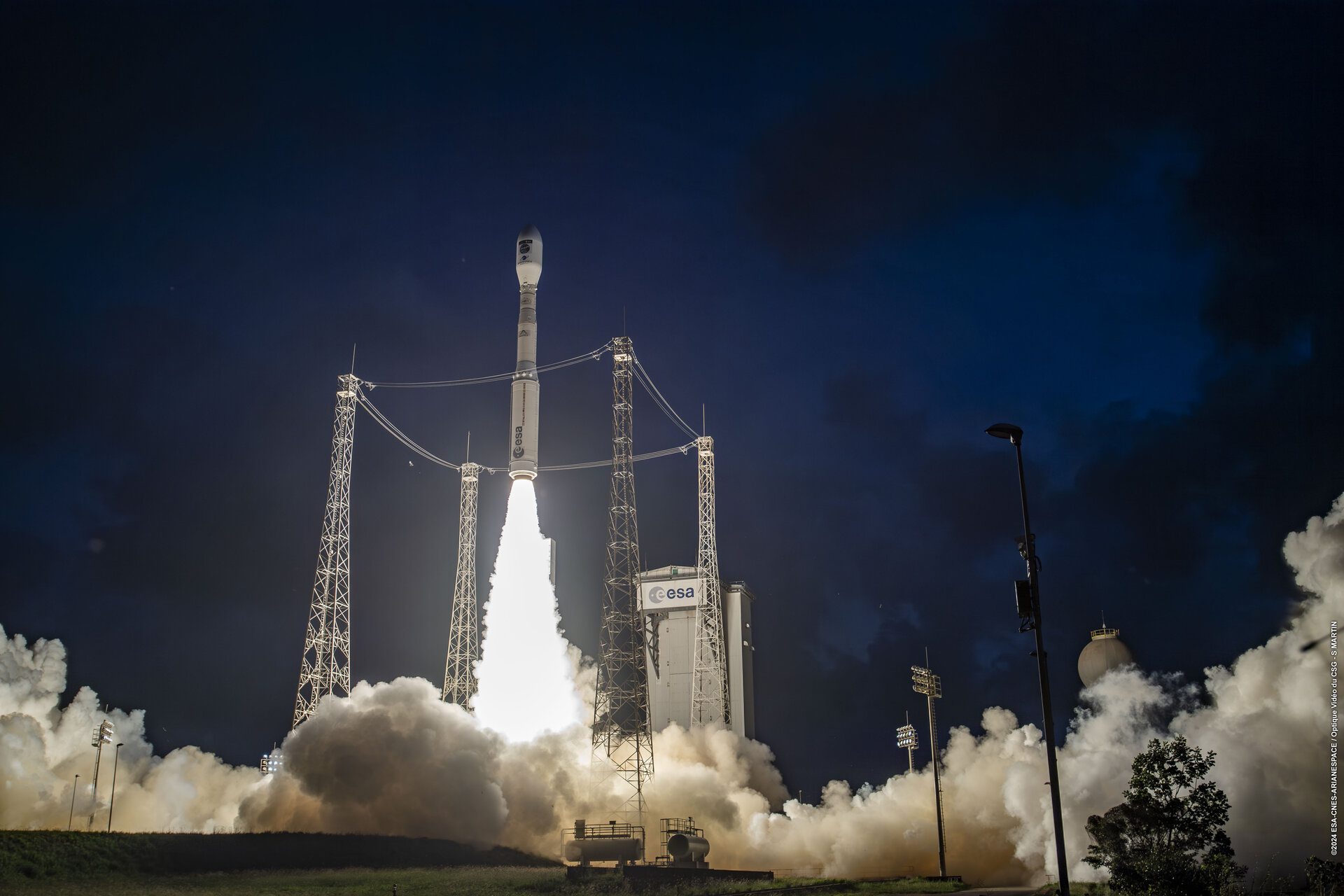This is an image of a proposed robotic lunar sample return mission from the German Aerospace Center (DLR). Its return vehicle design (seen in the centre of the lunar vehicles’ stack) is based on a sharp edge configuration that is a development of the DLR’s planned Micro-g Free Flyer (pictured below). And that is a proposed follow on to the current SHEFEX missions
Click through to the extended section of this posting for the CIRA Hopper graphics and text
As you can see from this graphic the Hopper is big, bigger than Shuttle. Originally analysed in the 1990s the concept was returned too for the European Space Agency’s Future Launcher Preparatory Programme – that is unlikely to conclude with a new rocket as there isn’t enough money to replace the Ariane 5
You probably can’t quite read this but it says that at T+239s the upper stage’s fairing is jettisoned, at T+520s the payload/upper stage is injected into its correct orbit and at T+75min the reusable booster carries out its deorbit burn followed by the separartion of the upper stage connecting frustrum at T+80min and then the reusable first-stage reenters at T+85min and lands at T+110min






